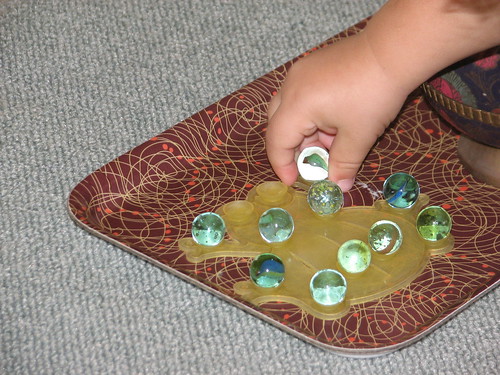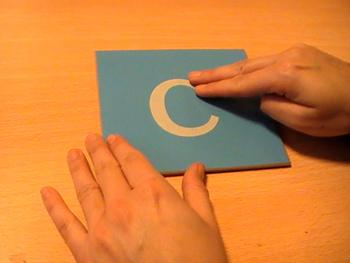The children glued lollipop sticks together to make a flower shape. I added a skewer to make the stem.
In the meantime, I got my husband to cut round fence posts into one inch section. He also drilled a hole in the middle. The sections were then sanded - the children did some of it but I had to go over each one again to make sure there was no sharp edges (this was a great practical exercise for the kids and I am actually thinking about adding a "sanding" activity to my shelves!) I just glued little spring decorations I found at the bottom of a bag to make them more attractive.
Then the children painted their flowers.
They picked a bead for the centre of their flower.
I added a little peg on the back of the flower. This will allow mammies to use the flower as photo holder or a post-it holder (if you know what I mean).
Finally, the children made little cards which we clipped onto the flowers. Et Voila!!! The job is done... Cute, aren't they? At first, as my husband was not finished with the fence posts, I used baby food jars for the support of the flower. The children filled them up with sand, glued a few beads on the jar and I added a pink felt scarf on the neck of the jar. They were quite impressive too. Sorry I don't have a photo of that version! I was under pressure to finish them and I completely forgot to take a picture.
























































